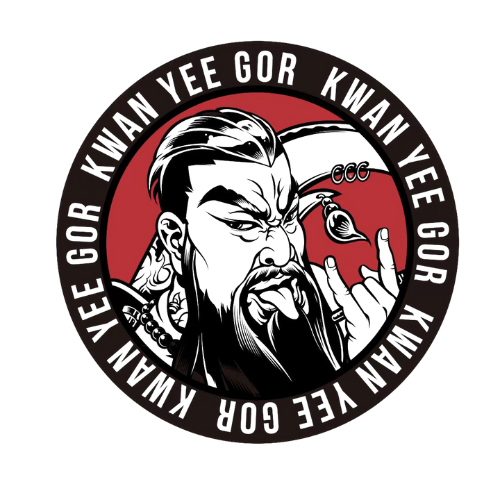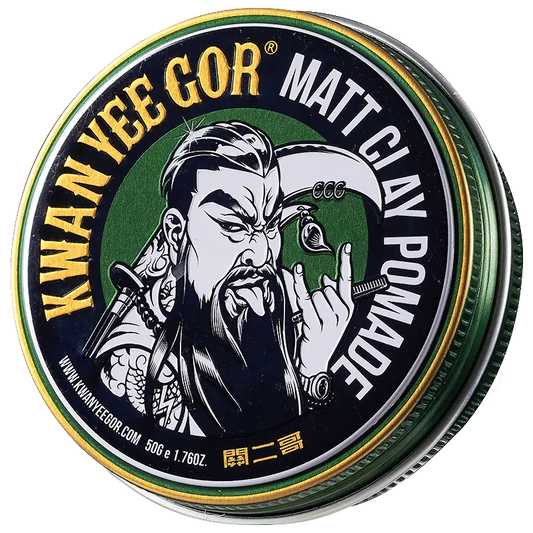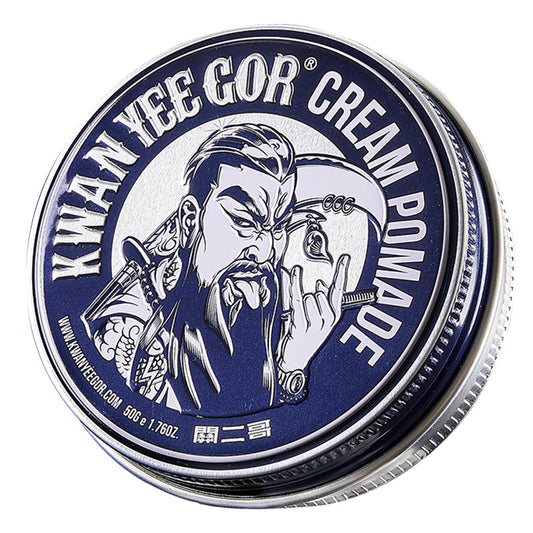
How to Get Rid of Razor Bumps Fast: 10 Proven Tips for Smooth, Bump-Free Skin
Share
Razor bumps — also known as pseudofolliculitis barbae — are painful, itchy, and can ruin the look of freshly shaved skin. Whether you're shaving your face, legs, bikini line, or underarms, these inflamed red bumps are a common post-shaving issue. The good news? You can prevent and treat razor bumps effectively with a few strategic changes in your grooming routine.
In this guide, we’ll walk you through how to get rid of razor bumps fast, how to prevent them long-term, and which products and techniques are dermatologist-approved.
What Are Razor Bumps?
Razor bumps occur when shaved hair curls back into the skin, causing irritation, redness, and inflammation. They’re most common in people with curly or coarse hair, but anyone can experience them — especially if shaving is frequent.
1. Exfoliate Before You Shave
Dead skin cells can clog hair follicles, trapping hair beneath the skin. Gently exfoliating the area before shaving clears away debris and reduces the risk of razor bumps.
Tip: Use a mild scrub or a chemical exfoliant like salicylic acid 24 hours before shaving.
2. Always Use a Sharp, Clean Razor
Dull blades tug at hair instead of cutting it cleanly, which increases irritation and the likelihood of bumps. Replace your blade after 5–7 shaves, or sooner if it feels rough.
Avoid: Sharing razors or using rusted/damaged blades.
3. Shave in the Direction of Hair Growth
Shaving against the grain might give a closer shave, but it also increases the chances of ingrown hairs. Stick to shaving in the direction your hair naturally grows.
Pro tip: For tricky areas (like the bikini line or jawline), map your hair growth direction beforehand.
4. Use a Hydrating Shaving Cream or Gel
Dry shaving is a fast track to irritation. Use a moisturizing, non-comedogenic shaving cream with aloe vera, shea butter, or glycerin for better glide and less friction.
5. Avoid Going Over the Same Area Multiple Times
Each pass increases friction and skin trauma. If needed, reapply shaving gel before going over the area again — but try to get it right in one or two strokes.
6. Rinse with Cold Water Post-Shave
Cold water helps close pores and reduce inflammation. It also soothes freshly shaved skin and limits bacteria from entering open follicles.
7. Apply an Aftershave with Soothing Ingredients
Choose alcohol-free aftershaves that contain witch hazel, tea tree oil, aloe vera, or chamomile. These natural ingredients calm the skin and help prevent infection.
Avoid: Aftershaves with alcohol, menthol, or artificial fragrance if you have sensitive skin.
8. Try a Salicylic Acid or Glycolic Acid Treatment
Both ingredients are exfoliants that unclog pores and reduce inflammation. You can find them in toners, pads, or lotions made specifically for razor bumps.
Popular options:
- Paula’s Choice BHA Liquid Exfoliant
- The Ordinary Glycolic Acid 7% Toning Solution
9. Give Your Skin a Break Between Shaves
Let your skin rest and heal by extending the time between shaves. Daily shaving doesn’t allow skin enough time to recover, which worsens razor bumps.
10. Switch to an Electric Razor or Try Laser Hair Removal
If you're constantly dealing with razor bumps, consider switching to a foil electric shaver or laser hair removal. Laser treatments reduce hair regrowth over time, drastically lowering the chance of ingrown hairs.
Final Thoughts
Getting rid of razor bumps requires more than just a good razor — it’s about consistent skin care, technique, and product choice. By incorporating the tips above into your routine, you'll not only soothe current bumps but also prevent future flare-ups.
✅ Bonus: Recommended Products for Razor Bumps
- CeraVe SA Lotion
- Tend Skin Solution
- Aloe vera gel (pure and unscented)
- Witch hazel toner
Frequently Asked Questions (FAQ)
Q: How long do razor bumps last?
A: Mild razor bumps usually clear up in 2–3 days. More severe cases can take a week or more with proper care.
Q: Should I pop razor bumps?
A: No. Popping can cause scarring or infection. Instead, use a warm compress and topical treatments.
Q: Can coconut oil help razor bumps?
A: Yes. Coconut oil has anti-inflammatory and antimicrobial properties that can soothe irritated skin, but do a patch test first.




